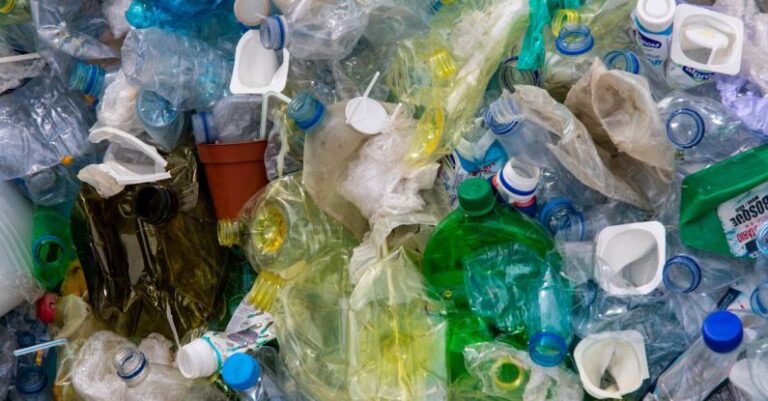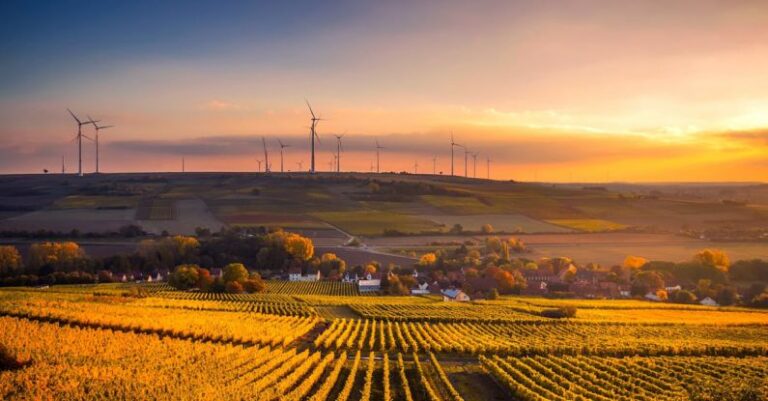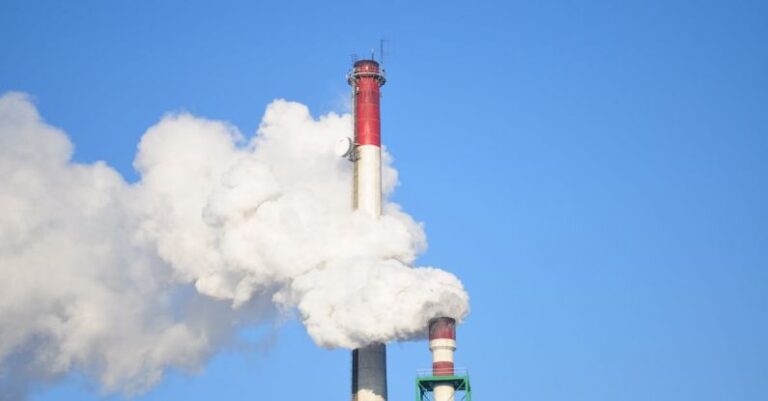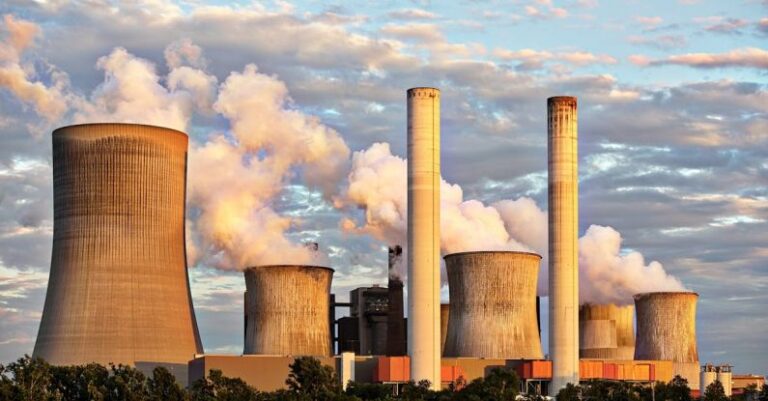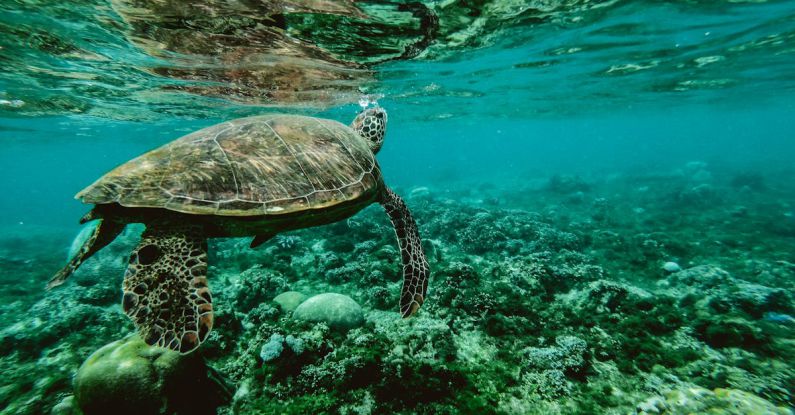
Deforestation has become a major environmental concern with far-reaching impacts on wildlife across the globe. The rapid clearing of forests for various purposes such as agriculture, logging, and urbanization has led to severe consequences for the diverse range of species that depend on these habitats for survival. From disrupting ecosystems to causing habitat loss and endangering species, the effects of deforestation on wildlife are significant and alarming.
Habitat Loss and Fragmentation
One of the most immediate impacts of deforestation on wildlife is habitat loss. Forests serve as essential habitats for countless species, providing food, shelter, and breeding grounds. When forests are cleared, animals are left without a place to call home, leading to population declines and even local extinctions. Moreover, deforestation often results in habitat fragmentation, where remaining patches of forest are isolated from each other. This fragmentation can disrupt migration patterns, limit access to resources, and increase the risk of inbreeding among species.
Disruption of Ecosystems
Forests play a crucial role in maintaining ecological balance and supporting a wide range of plant and animal species. When forests are destroyed, the delicate balance of ecosystems is disrupted, leading to cascading effects on wildlife. Many species have evolved to depend on specific forest habitats, and their survival is closely intertwined with the health of these ecosystems. Deforestation can lead to the loss of key species, changes in predator-prey dynamics, and alterations in nutrient cycling, all of which can have profound impacts on wildlife populations.
Threatened and Endangered Species
Deforestation poses a significant threat to numerous species around the world, including those that are already endangered or at risk of extinction. Many animals, such as orangutans, tigers, and sloths, rely on forests for their survival and are particularly vulnerable to habitat loss. As their habitats disappear, these species are pushed to the brink of extinction, with populations dwindling and gene pools shrinking. The loss of these iconic species not only represents a tragic loss of biodiversity but also has far-reaching implications for the health and stability of ecosystems.
Increased Human-Wildlife Conflict
As forests are cleared for human activities, wildlife is forced into closer proximity to human settlements, leading to an increase in human-wildlife conflict. Animals that once roamed freely in their natural habitats are now forced to search for food and shelter in urban and agricultural areas, putting them at risk of retaliation from humans. Conflict between wildlife and humans can result in injury or death to both parties, as well as damage to crops and property. Finding sustainable ways to coexist with wildlife in the face of deforestation is crucial to mitigating these conflicts and protecting both wildlife and human communities.
Loss of Biodiversity
Perhaps the most concerning impact of deforestation on wildlife is the loss of biodiversity. Forests are home to a staggering array of species, from tiny insects to majestic predators, all of which play unique roles in ecosystems. When forests are destroyed, this rich tapestry of life is unraveled, leading to a decline in biodiversity. As species disappear, the web of interactions that sustains ecosystems weakens, making them more vulnerable to disturbances and less resilient to environmental changes. Protecting forests and the wildlife that depend on them is essential for preserving biodiversity and ensuring the long-term health of our planet.
In conclusion, the impacts of deforestation on wildlife are profound and multifaceted, with far-reaching consequences for ecosystems and species around the world. From habitat loss and fragmentation to the threat of extinction and increased human-wildlife conflict, the destruction of forests poses a grave risk to the delicate balance of nature. It is imperative that we take urgent action to conserve and restore forests to protect wildlife and safeguard the future of our planet.
